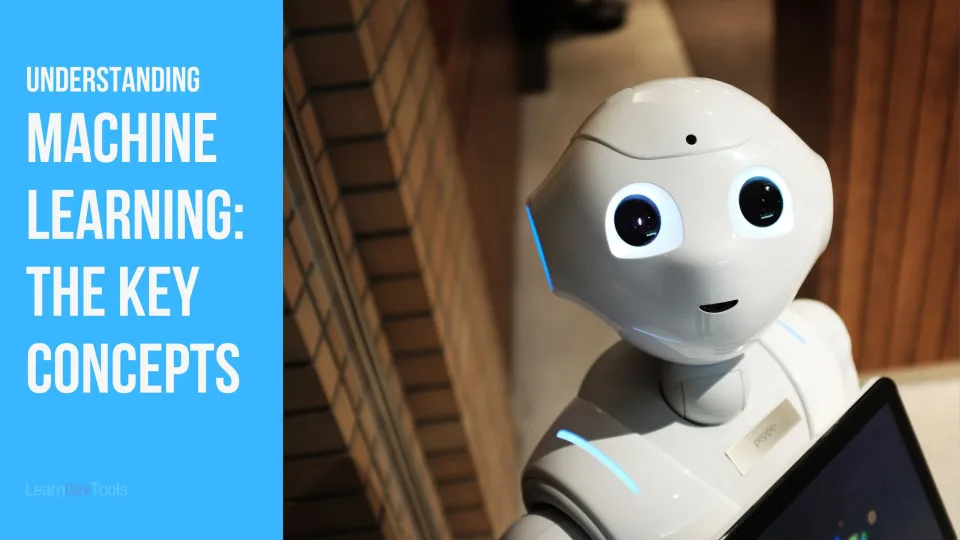In the rapidly evolving landscape of technology, a revolutionary concept is making waves, promising to reshape the way we interact with smart devices and data processing: Edge Machine Learning (Edge ML). This groundbreaking approach, combining the prowess of machine learning (ML) with the agility of edge computing, stands as a beacon of innovation, set to redefine industries, enhance operational efficiencies, and unlock new possibilities for personalized user experiences. But what exactly is Edge ML, and why is it becoming an indispensable tool in the tech world? Let’s dive into the depths of Edge ML, exploring its benefits, workings, current applications, and a glimpse into its promising future.
Understanding Edge Machine Learning
Edge Machine Learning is a subset of artificial intelligence (AI) that brings the computational and decision-making capabilities of machine learning directly to the edge of the network, closer to the source of data. Unlike traditional cloud-based models, where data must be sent to distant servers for processing, Edge ML processes data on local devices, such as smartphones, IoT devices, or on-premise servers. This approach not only reduces the latency in data processing but also addresses concerns related to bandwidth usage, privacy, and security.
Why Edge Machine Learning is a Game Changer
The benefits of Edge ML are manifold, touching upon various aspects of technology and business operations:
- Reduced Latency: By processing data locally, Edge ML drastically cuts down the time taken to make decisions, which is crucial for applications requiring real-time responses, such as autonomous vehicles and emergency response systems.
- Enhanced Privacy and Security: Data processed at the edge does not need to traverse over networks to reach a central server, minimizing the risk of data breaches and ensuring compliance with stringent privacy regulations.
- Lower Bandwidth Requirements: Edge ML reduces the need to constantly send data back and forth between the cloud and the device, easing network congestion and leading to significant cost savings on data transmission.
- Operational Efficiency: With the ability to process data locally, devices can operate independently of constant cloud connectivity, ensuring uninterrupted functionality even in remote or network-constrained environments.
How Edge Machine Learning Works
The essence of Edge ML lies in its ability to run sophisticated ML models directly on edge devices. This is made possible through a series of steps:
- Model Training: Initially, ML models are trained on powerful cloud servers using vast datasets to learn patterns, make predictions, or understand complex scenarios.
- Model Optimization: The trained models are then optimized for edge deployment. This involves compressing the model and fine-tuning it to ensure it runs efficiently on devices with limited computational resources.
- Deployment: The optimized models are deployed on edge devices, where they can directly process incoming data.
- Local Processing and Action: The edge device uses the deployed model to make decisions in real-time, based on the local data it collects, without the need for cloud interaction.
The Current Landscape of Edge Machine Learning Applications
Edge ML is already transforming various sectors with its innovative applications:
- Autonomous Vehicles: Edge ML enables real-time processing of sensor data for immediate decision-making, critical for the safety and efficiency of autonomous driving systems.
- Smart Homes: In smart home environments, Edge ML allows for personalized automation services, like energy management and security monitoring, tailored to the homeowner’s habits and preferences.
- Healthcare Monitoring: Wearable devices equipped with Edge ML can provide instant health insights and alerts, revolutionizing patient care and monitoring.
- Industrial IoT: In manufacturing, Edge ML facilitates predictive maintenance by analyzing data from machinery sensors, preempting failures, and reducing downtime.
The Horizon: Future Prospects of Edge Machine Learning
The future of Edge ML is bright and filled with potential, promising to usher in a new era of innovation. We can anticipate advancements in:
- Energy-Efficient Edge Devices: Continued research into low-power ML algorithms and hardware will enable more sustainable and longer-lasting edge devices.
- Smarter Cities: Edge ML will play a pivotal role in creating smarter urban environments, from optimizing traffic flow to enhancing public safety and environmental monitoring.
- Enhanced Personalization: With Edge ML, the next level of personalization in services and products is within reach, offering experiences uniquely tailored to individual preferences and behavior.
- Interconnected Edge Ecosystems: The future may see the rise of a seamless ecosystem where edge devices communicate and make collective decisions, paving the way for more cohesive and intelligent environments.
Why You Should Embrace Edge Machine Learning Today
The shift towards Edge ML is not just inevitable but necessary. Its benefits of reduced latency, enhanced privacy, operational efficiency, and lower bandwidth requirements make it an essential technology for any forward-thinking business or developer. By adopting Edge ML, companies can not only stay ahead of the technology curve but also unlock new opportunities for innovation, improve customer experiences, and streamline operations.
In conclusion, Edge Machine Learning represents a significant leap forward in how we process and interact with data. Its current applications are just the tip of the iceberg, with its future potential limited only by our imagination. As we stand on the brink of this technological revolution, the question is not if you should start using Edge ML, but how quickly can you integrate it into your operations to reap its myriad benefits. The era of Edge Machine Learning is here, and it’s time to embrace its transformative power.








